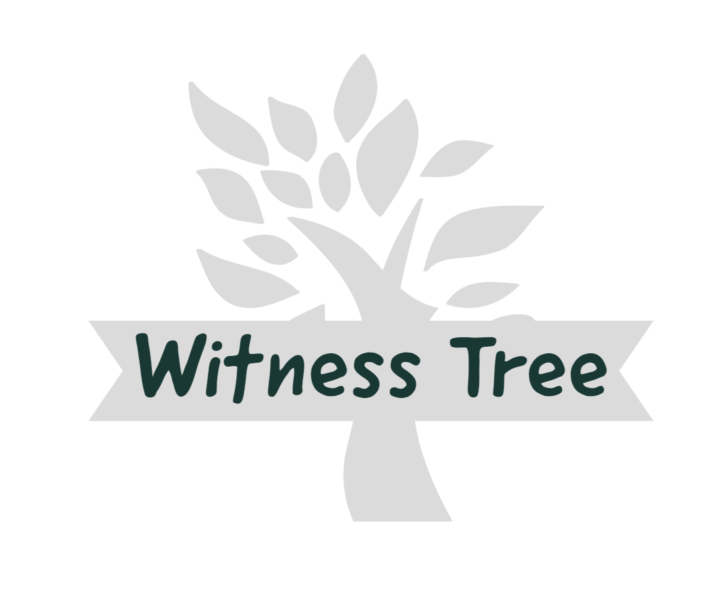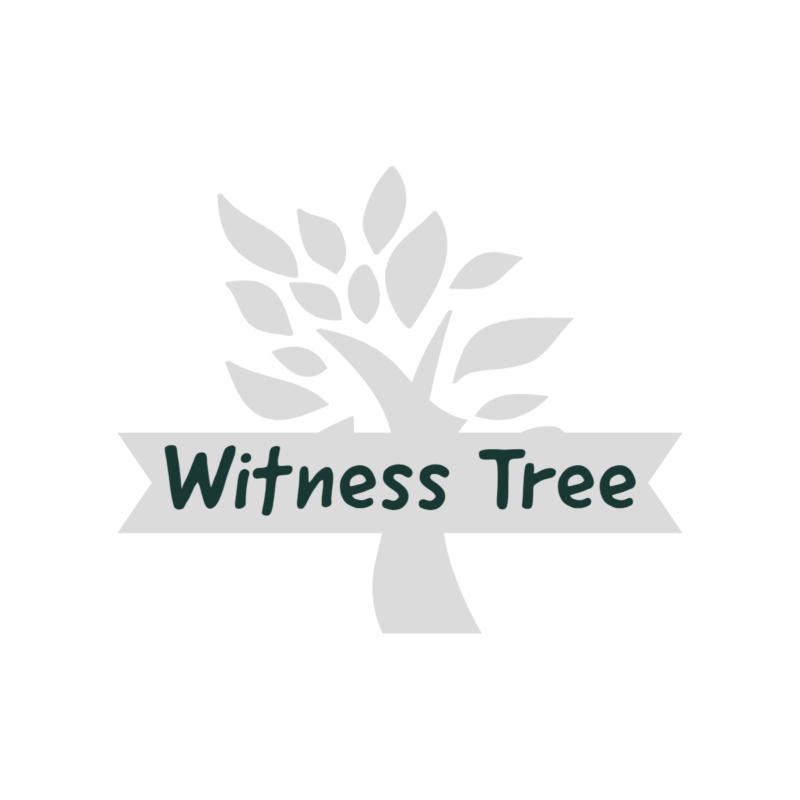Trees To Avoid
Ash

It is not recommended to plant ash trees due to the Emerald Ash Borer (EAB). EAB is an invasive insect that attacks and kills ash trees. It is native to Asia and was first detected in the United States in 2002 in Michigan. Since then, it has spread to 30 states and killed tens of millions of ash trees.
EAB larvae feed on the inner bark of ash trees, disrupting the flow of water and nutrients and eventually girdling and killing the tree. The adult beetles are metallic green and about half an inch long. They emerge from the tree through D shaped holes in late spring or early summer. Signs of EAB infestation include canopy thinning, branch dieback, epicormic sprouting, bark splitting, woodpecker damage, and S shaped galleries under the bark.
Bradford/Callery Pear
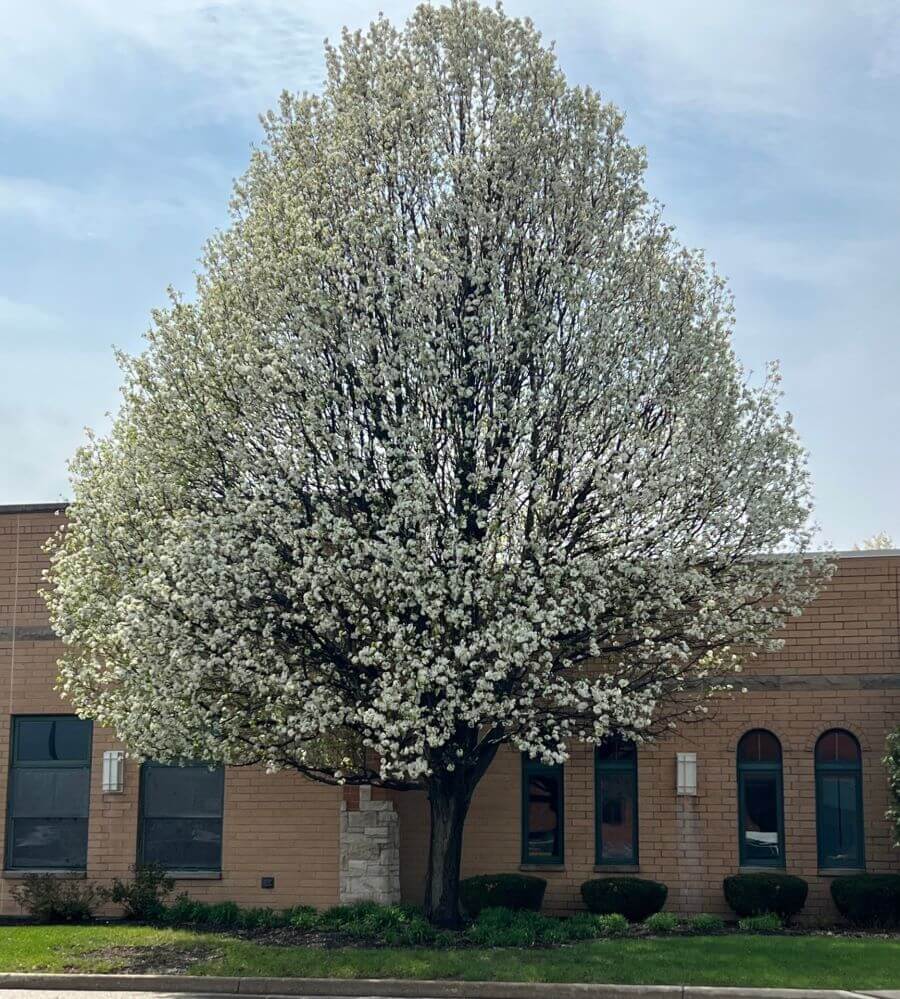
Callery pear is an ornamental pear tree that was imported from Asia for its showy white flowers, red fall foliage, and tolerance of urban conditions. However, it has become an invasive species that can cross pollinate with different cultivars and produce viable seeds that are dispersed by birds. It grows rapidly and forms dense thickets that shade out and displace native plants and animals. It is also prone to storm damage. It is a significant threat to open and forested habitats across the eastern United States.
Callery pear is not recommended for planting in any landscape, and many states have banned or restricted its sale, planting, or growing. Horticulturists recommend that people who have a Callery pear on their property should remove it and replace it with something that is not an invasive species. Some states offer incentives or programs to help homeowners cut down Callery pear trees and plant native alternatives.
Tree of Heaven
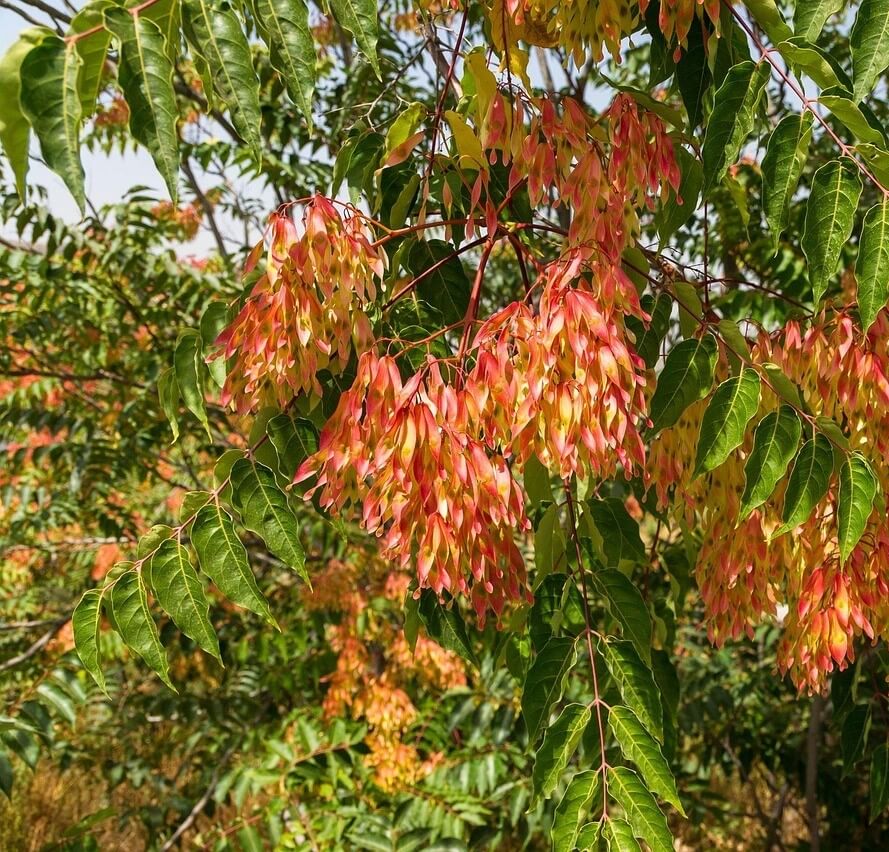
The tree of heaven (Ailanthus altissima) is an invasive species that was introduced to the United States from China in the late 1700s as an ornamental tree. It is also known as China sumac, varnish tree, or stinking sumac because of its unpleasant smell. The tree of heaven is a problem because it reproduces very quickly and aggressively inhibits (and can even kill) native plants near it. This invasive plant produces an abundant amount of seeds, crowds out native species with its dense thickets and secretes a chemical into the soil that is toxic to surrounding plants.
The tree of heaven can grow up to 75 feet tall and has compound leaves with 11 to 41 leaflets that are smooth-edged except for one or two teeth near the base. The leaves are green above and pale below, and turn yellow in the fall. The tree has small greenish-yellow flowers that bloom in spring or summer, followed by winged fruits that are reddish brown and hang in clusters. The bark is smooth and gray when young, but becomes rough and fissured with age.
The tree of heaven is found throughout the continental United States in zones 5-8, and it prefers sunny locations. It can grow in urban areas, roadsides, fields and forests. It is especially common in Illinois, where it is considered a noxious weed. The tree of heaven is also the main host for the spotted lanternfly, a highly destructive pest from Asia that was discovered in the northeastern United States in 2014.
Sweetgum
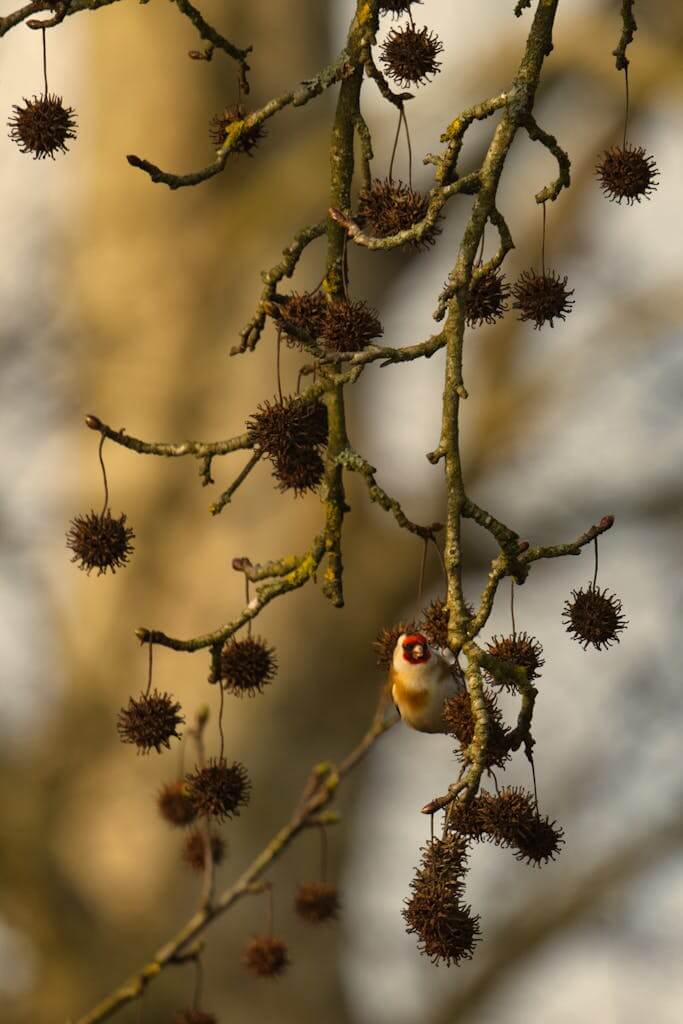
Sweetgum trees are deciduous trees that have star shaped leaves and spiky seed pods. They are native to North America and can grow up to 80 feet tall. They have brilliant fall colors that last longer than most other trees. However, they also have some drawbacks that may make them not recommended for some situations.
Sweetgum trees have shallow roots that can damage sidewalks, curbs, foundations, and pipes if planted too close. They drop a lot of sharp, spiky seed pods and can become invasive in some areas. In addition, they are susceptible to some diseases and pests such as canker, leaf spot, anthracnose, webworms, and borers.
If you decide to plant a sweetgum tree, you should choose a location that is far away from any structures or paved surfaces, and where you can easily clean up the fallen leaves and pods. You should also look for a non fruiting cultivar such as ‘Rotundiloba’ that does not produce seed pods.
